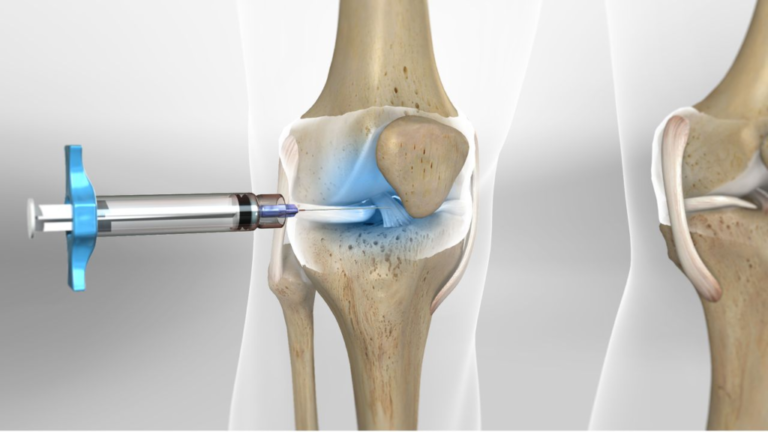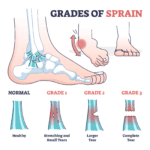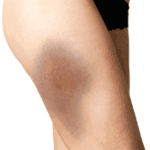Corticosteroid Injections for Arthritis Relief
Corticosteroid injections, commonly known as cortisone shots, are often recommended for arthritis patients to reduce joint inflammation. As a potent anti-inflammatory medication, cortisone effectively decreases swelling and alleviates pain when injected directly into the affected joint. This targeted approach ensures the medication focuses on the problematic area, providing relief and better control over joint inflammation.
How Cortisone Injections Work
The procedure involves inserting a needle directly into the joint. Your doctor can use the needle to remove excess synovial fluid— the lubricating fluid within the joint— and then inject the corticosteroid medication. This combination helps to reduce inflammation, ease pain, and minimize swelling in the joint.
Safety and Benefits of Cortisone Injections
While the process may seem daunting, cortisone injections are safe, quick, and typically involve little to no discomfort. They deliver medication precisely where it is needed, which reduces the need for higher doses of oral steroids—medications that carry a higher risk of toxicity.
Frequency of Cortisone Injections
For larger, weight-bearing joints like the knees and hips, most doctors limit cortisone injections to three or four times per year. However, in cases where arthritis pain cannot be managed by other treatments, more frequent injections may be administered under careful medical supervision.
Potential Complications of Joint Injections
While joint injections are generally safe, some temporary side effects may occur. The most common complication is a short-term increase in pain and swelling at the injection site. This reaction typically resolves within 4 to 24 hours with rest, cold packs, and anti-inflammatory medications. Approximately 6% of arthritis patients experience this passing discomfort, likely caused by the body’s reaction to corticosteroid crystals in the medication. If post-injection pain and swelling persist, your doctor may consider using a different type of corticosteroid for future treatments.
Another relatively common side effect is mild and temporary flushing—sudden redness of the skin—accompanied by feelings of agitation. Additionally, corticosteroid injections may temporarily worsen symptoms in patients with diabetes.
Rare Risks and Safety Considerations
Though rare, there is a slight risk of infection being introduced into the joint during the injection. Studies estimate this occurs in only 1 out of 1,000 to 1,600 cases. However, joint infections can be severe, making it crucial to have the procedure performed by a qualified and experienced healthcare professional.
Concerns about potential damage to joint cartilage or tissues from repeated injections have been raised by both patients and doctors. However, research has not demonstrated any evidence of such damage occurring due to joint injections.





